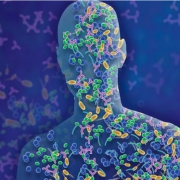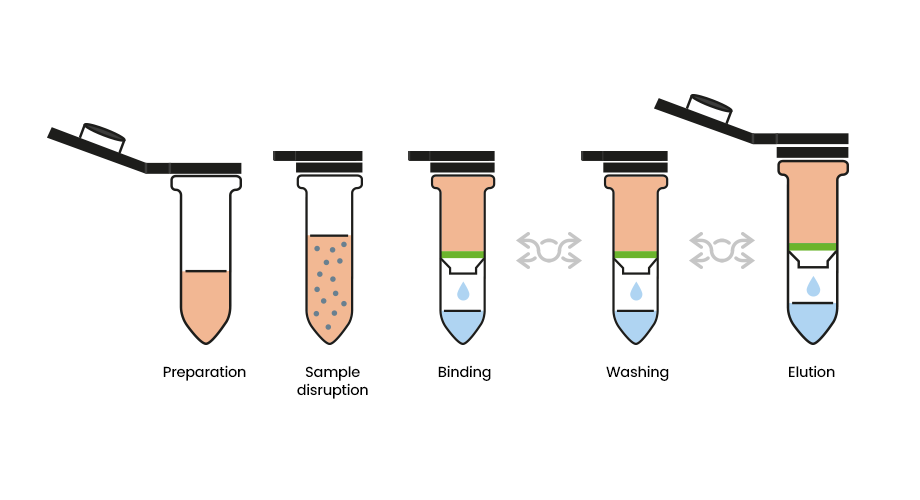Discover the New Real Fecal Microbiome Kit in Durviz
New Real Fecal Microbiome Kit
You can now buy the new Real Microbiome Fecal kit from the Durviz website. It is a new kit with which you can perform a rapid and efficient purification of microbial DNA for the study of it from different fecal samples.
A revolutionary faecal analysis system that you should know, especially if you perform this type of work in your laboratory.
New Real Microbiome kit: features
One of the main novelties of the Real Microbiome kit is that it includes an efficient lysis of the microorganisms present in fecal samples by a combination of heat and a chemical-mechanical break with specific “beads” developed for it. It should also be noted that the inhibitors of the samples are eliminated by precipitation through the use of a buffer especially developed for that.
The sample with which one works is passed, once cleaned of impurities, by the MicroSpin Column, the DNA is attached to the membrane and is washed and finally eluted.
With all this, the main features of the new Real Microbiome Kit are:
- It is designed to obtain a fast and efficient purification of microbial DNA from different fecal samples.
- This optimally develops a lysis method with a combination of heat, chemical and mechanical lysis using specific “beads”. What allows a great homogenization of the sample that allows the isolation of the DNA of yeasts, fungi, Gram-negative and Gram-positive bacteria.
- It is a simple and fast procedure in which MicroSpin columns are used.
- One of its most revolutionary aspects is that it achieves a complete elimination of contaminants and inhibitors.
- Another outstanding aspect is that phenol / chloroform is not used in its operation; neither for extraction nor for precipitation with ethanol.
With all this, the new Real Kit is a product that can be used in many areas of work and study. For example, it has applications in the analysis of the microbiome, in the RFLP, in the analysis of mutations or even in the identification of pathogens.
Keep in mind that this kit works in optimal conditions for processing 200 mg of human feces. And that for the cases of animal samples it is recommended to reduce the amount of sample (80-100 mg). And it is that following these indications we will obtain better results.
In the case that we work with very dry stools, the manufacturers warn that the CTAB Extraction Buffer can absorb them, producing an insufficient amount of sample after the first centrifugation step.
In these cases, it is recommended to reduce the sample size (60-80 mg) and increase the volume of the CTAB Extraction Buffer.
The content of the Kit (in its standard size for 50 fecal samples) is as follows: a CTAB extraction buffer, an EC buffer, a binding buffer, a disinhibition buffer, a wash buffer, an elution buffer, 50 bead microtubes, proteinase K, 50 MicroSpin columns and 100 collection tubes. All of them are very well preserved at room temperature, except for the proteinase that should be at -20 degrees Celsius.
So, if you want your laboratory to have the latest in the extraction or purification of microbial DNA, do not hesitate and acquire the new Real Fecal Microbiome Kit. Your studies will have a smaller margin of error and will obtain much more data than you can process. Do not hesitate, get one of them already. You can get many more details on our website or through the phone.




